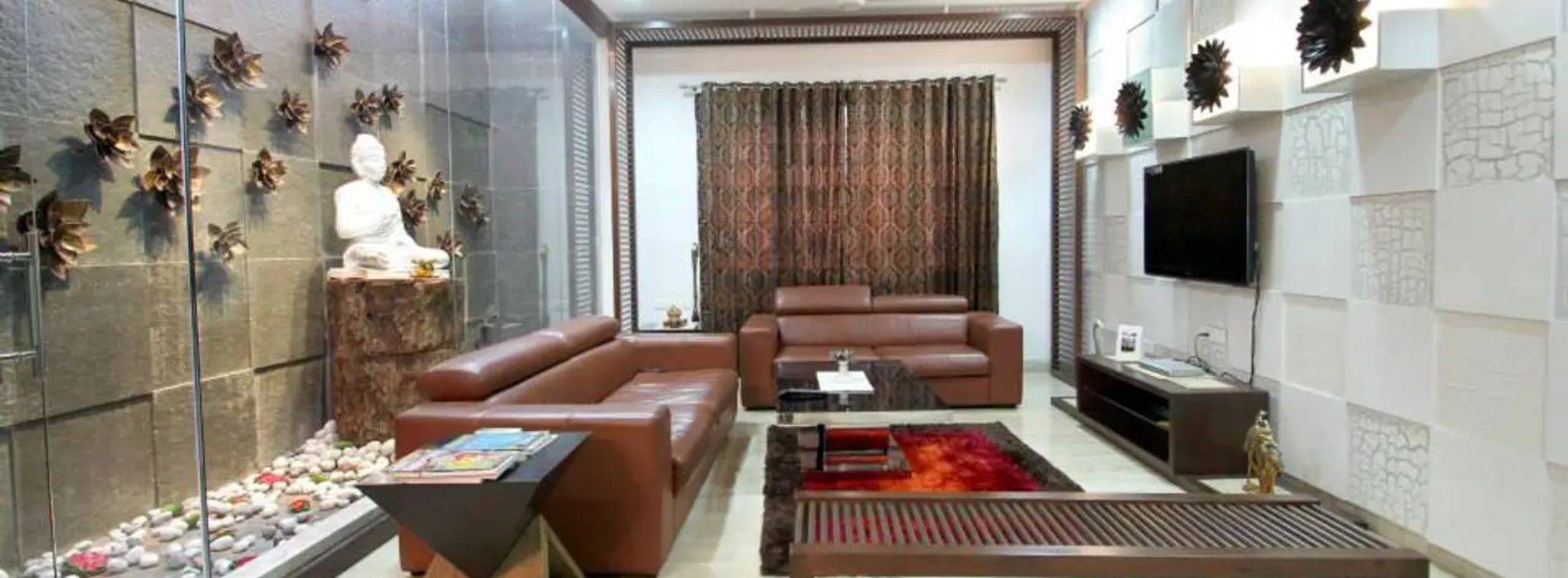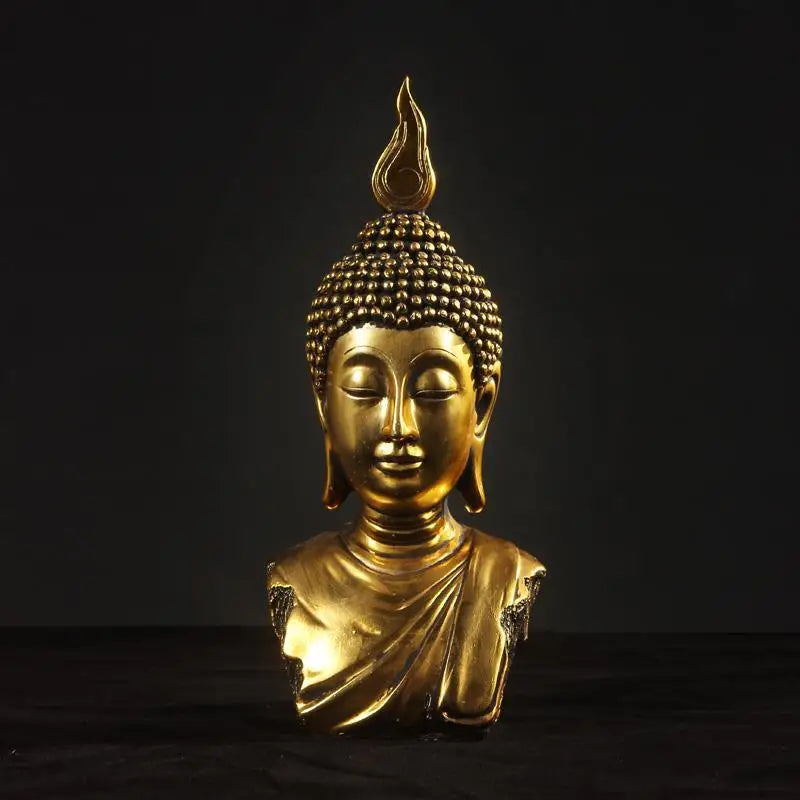Where to place the Buddhas in the house? Tips for balanced harmony
Buddhism in art
Buddhism has a long history and a rich artistic tradition. The use of Buddha statues in interior design has become increasingly popular in many homes. However, knowing where to place these Buddhas is essential to creating balanced harmony in your home.
Buddhas are often considered symbols of peace, serenity and well-being. Choosing the appropriate location for these statues can enhance these positive energies and create a calm and balanced atmosphere in your home.
1. The living room
The living room is often considered the heart of the home, a place where family and friends gather to relax and socialize. Placing a Buddha in the living room can create a soothing and welcoming atmosphere. Choose a central location, such as a console or shelf, where the Buddha will be clearly visible but will not be the center of attention.
It is also important to ensure that the Buddha faces the interior of the room, in a welcoming position, to invite positive energy into your home.
In addition, you can add decorative objects such as candles, cushions, or plants to accentuate the peaceful and harmonious atmosphere.
2. The bedroom
The bedroom is a personal and intimate space. Placing a Buddha in your bedroom can create an atmosphere of serenity and calm conducive to rest and relaxation. Choose a location near your bed, such as a nightstand or dresser. Make sure the Buddha is at a height that is easily visible when you are lying in bed.
Opt for a Buddha statue in meditation position or in lying position to promote relaxation and harmony in your rest space.
Avoid placing the Buddha directly facing a door or window, as this can cause a loss of energy and disrupt the balance of the room.
Buddhism in the garden
Buddhism is strongly linked to nature, and creating a Buddhist garden in your outdoor space can be a beautiful way to connect to this spirituality and promote calm and serenity.
Buddha statues can be placed strategically in your garden to encourage meditation and reflection. Buddhist gardens are often designed with elements such as waterways, rocks and meditative plants to create a harmonious atmosphere.
1. The Zen garden
The Zen garden is a Japanese interpretation of a Buddhist garden. It is often made of sand, stones and plants carefully arranged to symbolize different natural elements. Place a Buddha statue in the center of your Zen garden to create a focal point and encourage meditation.
You can also add lanterns, fountains or stone paths to add texture and beauty to your Zen garden. Make sure that each element is in harmony with the others to create a peaceful and balanced atmosphere.
2. The water garden
Water gardens are another aspect of Buddhist tradition in gardening. Water symbolizes purification and clarity of mind. Place a Buddha statue near a pond or fountain to create a calming and tranquil ambiance.
Aquatic plants and fish can also add a touch of life and movement to your water garden. Create a space where you can sit and relax, admiring the beauty of nature and connecting to your spirituality.
Buddhism in workspaces
Buddhism can also be integrated into your workspaces to create an environment conducive to concentration, creativity and inner peace.
Buddhas can be used as subtle reminders of the importance of mindfulness and serenity during your work hours.
1. The home office
If you have a home office, placing a Buddha on your desk can create a peaceful and balanced atmosphere to help you focus and stay calm during work tasks. Choose a small statue so as not to clutter your work space.
It is recommended to place the Buddha in a corner of your desk, so that it is visible without being the center of attention. It will remind you to take regular breaks to refocus and recharge.
2. The meditation space
If you have a space dedicated to meditation in your workspace, adding a Buddha statue can reinforce the atmosphere of calm and inner peace. Place the Buddha in a corner of your space, surrounded by cushions and candles to create an atmosphere conducive to relaxation and meditation.
You can also add plants or stones to your meditation space to strengthen the connection with nature and promote serenity.
Conclusion
Placing a Buddha in your home, garden or work space can create an atmosphere of peace and harmony. Choose strategic locations that promote relaxation, reflection and meditation. Whether in the living room, bedroom, garden or workspace, Buddhas can remind you of the importance of mindfulness, serenity and connecting with your spirituality.















































